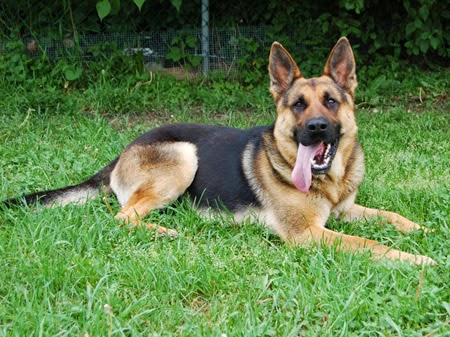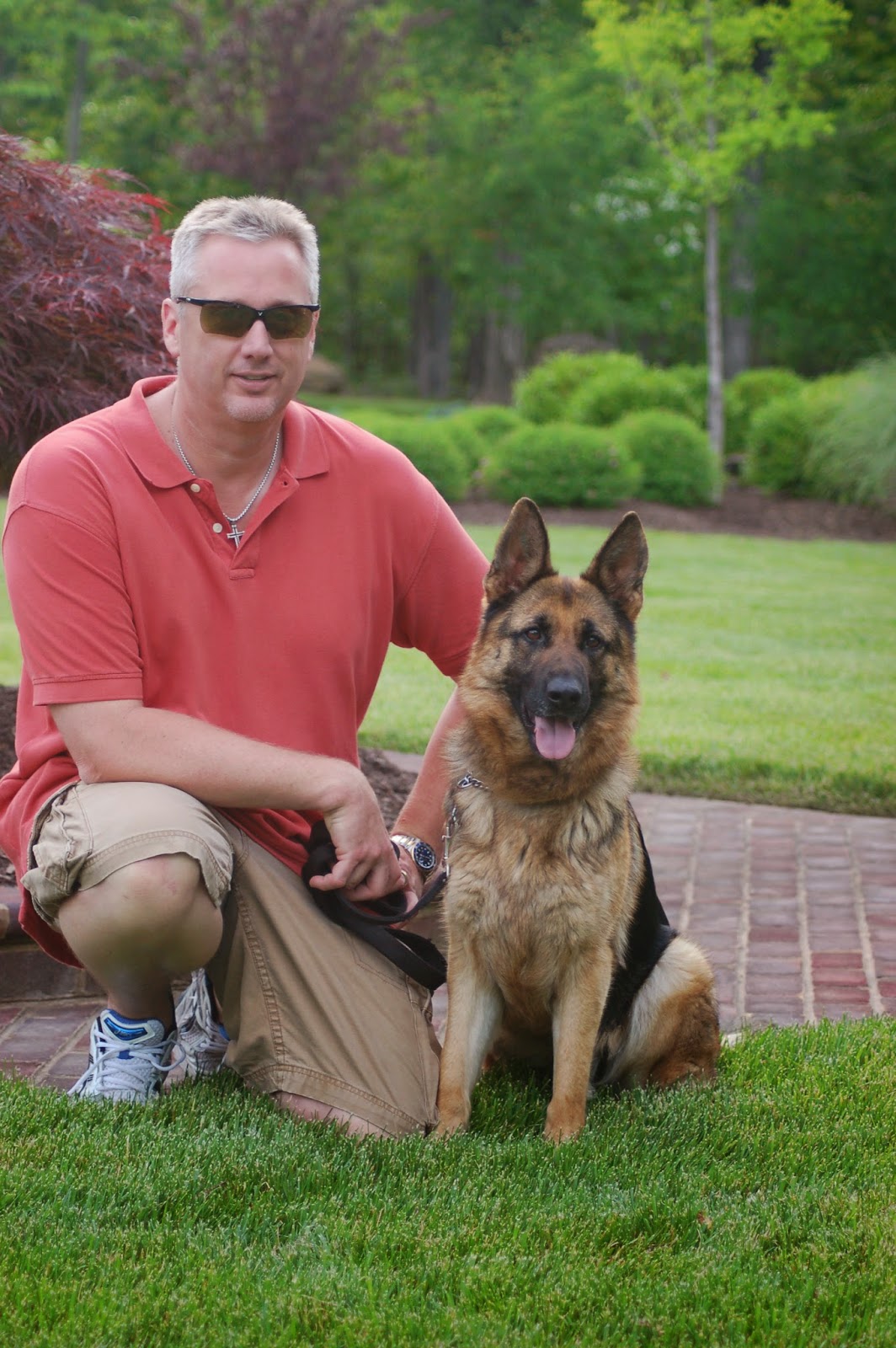The Dutch Shepherd, also known as the Hollandse Herdershond, is a medium-sized shepherd dog valued for its intelligence, loyalty and quick reflexes. Having been bred for their working ability, their build and mental capacity remain fairly consistent, but the length and colour of their coats can vary greatly from dog to dog. The breed's coat comes in three varieties: short, long and wire. The short and long coat varieties each have a very straight, coat that should lay close to the body, with the long variety being obviously longer. The wire coat variety has a thick, rough, medium-length coat. Unlike the German Shepherd, who's long-coated varieties lack an undercoat, all Dutch Shepherds have a thick undercoat, regardless of their coat's length.
 |
| CCPROTECTIONDOGS.COM |
Grooming a long coat Dutch Shepherd is typically no more trouble than grooming a short coat. Both require about the same amount of regular brushing to remove loose hairs. Without regular grooming, a longer coat may become matted more easily, but both varieties should be groomed regularly regardless of this fact. Grooming the wire coat variety can be more involving, as brushing can ruin the undercoat. Wire coat dogs often require professional grooming.
Outside of The Netherlands, the Dutch Shepherd has yet to reach the level of popularity enjoyed by other working breeds such as the German Shepherd or Belgian Malinois. However, the Dutch Shepherd is a strong, versatile breed. They are excellent Guard Dogs and Protection Dogs. Aside from the excess grooming required of the wire coat variety, the length of coat should make no difference to their working ability. Each variety has a thick, weather-proof undercoat that makes them suited for work in a variety of conditions.





















